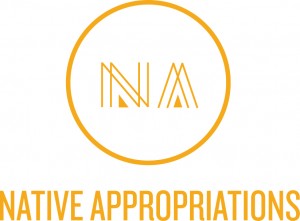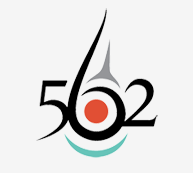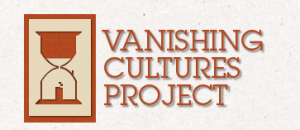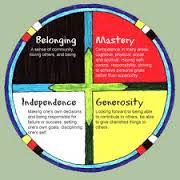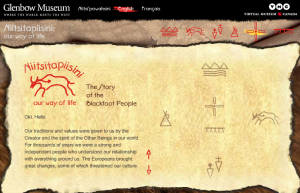The Squamish Lil’wat Cultural Centre (SLCC) is a joint project between Whistler and the Squamish and Lil’wat tribes of B.C. What I love about this website, is that not only is this a cultural centre that is run by First Nations that one can go and visit, but through the website you can look at and even purchase art and products from First Nations’ artisans. This allows one to celebrate a culture, without appropriation. You can also learn about the legends and symbology behind a lot of the images used in First Nation art.
For more information on the histories of the tribes, one can read further through the links below.
Module 2, Post 5

